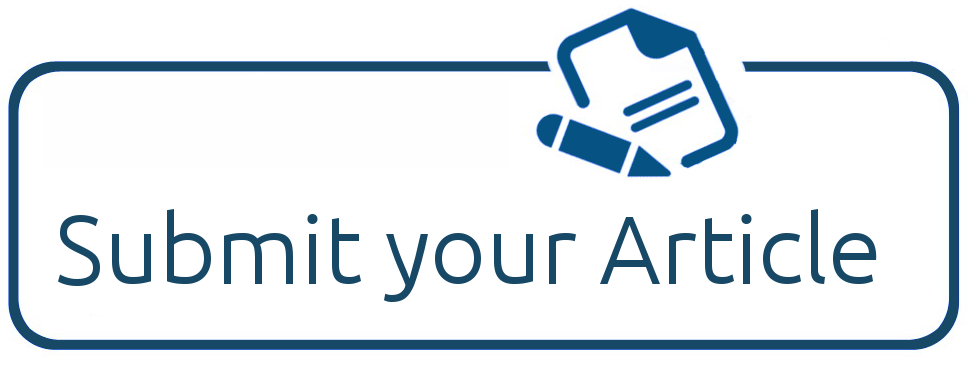From a Victim to a Hero: A Visual Rhetoric of Donald Trump’s Attempted Assassination
DOI:
https://doi.org/10.55927/ijis.v3i8.10672Keywords:
Donald Trump, Political Assassination, Visual Rhetoric, United States Presidential ElectionAbstract
The Former President of the United States (US) Donald Trump is the most controversial politician in the history of politics in that country because of his policies and statements. Trump is back and has the dominant political power to fight Vice President Kamala Harris in the presidential election held in November 2024. The incident of the attempted assassination of Trump on July 14th, 2024 while campaigning had many positive impacts in the midst of very strong political polarization. This research goal to explore the elements and meaning of visual rhetoric in two videos uploaded on social media about the attempt to assassinate Trump. The results of this research answer that the historical and contemporary context, formal description, nature, function and evolution of image indicate that the attempted assassination was a political consequence of a leader fighting in democracy. The most important meaning is Trump's effort to construct himself from a victim to become a hero through his performance to show unity and nationalism
Downloads
References
ABC News. (2024, 14 July). Secret Service rushes Trump off stage at Pennsylvania rally [Video file]. YouTube. https://www.youtube.com/watch?v=ENIkHL10iZs
Chun, R. S. (2018). Visual rhetoric of the Presidency: an analysis of the Trump and Obama White House messaging in their first 100 days in Flickr images. Journal of Visual Literacy, 37(1), 18–39. https://doi.org/10.1080/1051144X.2018.1450129
Eyerman, R. (2011). The cultural sociology of political assassination: from MLK and RFK to Fortuyn and Van Gogh. Springer.
Foss, S. K. (2005). Theory of visual rhetoric. In K Smith, S. Moriarty, G. Barbatsis, & K. Kenney (Eds.), Handbook of visual communication (pp. 141–152). Erlbaum.
FOX 13 Seattle. (2024, 14 July). Crowd shouts "USA! USA!" after apparent attempted assassination on Trump [Video file]. YouTube. https://www.youtube.com/watch?v=Unk43hMRWqU
Gazit, N., & Brym, R. J. (2011). State-directed political assassination in Israel: a political hypothesis. International Sociology, 26(6), 862-877. https://doi.org/10.1177/0268580910394006
Gilmore, J., Rowling, C. M., Edwards, J. A., & Allen, N. T. (2020). Exceptional “We” or exceptional “Me”? Donald Trump, American exceptionalism, and the remaking of the modern jeremiad. Presidential Studies Quarterly, 50(3), 539-567. https://doi.org/10.1111/psq.12657
Grayson, K. (2012). The ambivalence of assassination: Biopolitics, culture and political violence. Security Dialogue, 43(1), 25-41. https://doi.org/10.1177/0967010611431078
Hodson, D. (2022). The visual politics and policy of Donald Trump. In T. S. James (Ed), The Trump Administration (pp. 77-95). Routledge.
Iqbal, Z., & Zorn, C. (2008). The political consequences of assassination. Journal of Conflict Resolution, 52(3), 385-400. https://doi.org/10.1177/0022002707310855
Kenney, K. (2005). A visual rhetorical study of a virtual university’s promotional efforts. In K. Smith, S. Moriarty, G. Barbatsis, & K. Kenney (Eds.), Handbook of visual communication (pp. 153–166). Erlbaum.
Lynch, T. (2017). President Donald Trump: A case study of spectacular power. The Political Quarterly, 88(4), 612-621. https://doi.org/10.1111/1467-923X.12433
McAdams, D. P. (2017). The appeal of the primal leader: Human evolution and Donald J. Trump. Evolutionary Studies in Imaginative Culture, 1(2), 000010266131245. https://doi.org/10.26613/esic.1.2.45
Miles, C. (2023). Visual rhetoric and the analysis of persuasive political communication. In D. Lilleker and A. Veneti (Eds), Research Handbook on Visual Politics (pp. 2-14). Edward Elgar Publishing.
Oliver, W. M., & Marion, N. E. (2010). Killing the President: Assassinations, attempts, and rumored attempts on US Commanders-in-Chief. Bloomsbury Publishing USA.
Olson, L. C., Finnegan, C. A., & Hope, D. S. (2008). Visual rhetoric in communication: Continuing questions and contemporary issues. In L. C. Olson, C. A. Finnegan, & D. S. Hope (Eds.), Visual rhetoric: A reader in communication and American culture (pp. 1–14). Los Angeles, CA: Sage Publications.
Page, J. T. (2020). Trump as global spectacle: The visual rhetoric of magazine covers. In S. Josephson, J. D. Kelly, and K. Smith (Eds), Handbook of Visual Communication (pp. 139-151). Routledge.
Patton, T. O. (2020). Visual rhetoric: Theory, method, and application in the modern world. In . In S. Josephson, J. D. Kelly, and K. Smith (Eds), Handbook of visual communication (pp. 125-138). Routledge.
Perliger, A. (2015). The Rationale of political assassinations (pp. 1-93). Combating Terrorism Center at West Point.
Pfiffner, J. P. (2017). The unusual presidency of Donald Trump. Political Insight, 8(2), 9-11.https://doi.org/10.1177/2041905817726890
Serban, A., Yammarino, F. J., Sotak, K. L., Banoeng-Yakubo, J., Mushore, A. B., Hao, C., ... & Mumford, M. D. (2018). Assassination of political leaders: The role of social conflict. The Leadership Quarterly, 29(4), 457-475. https://doi.org/10.1016/j.leaqua.2018.01.003
Snitch, T. H. (1982). Terrorism and political assassinations: A transnational assessment, 1968-80. The Annals of the American Academy of Political and Social Science, 463(1), 54-68. https://doi.org/10.1177/0002716282463001005
Yammarino, F. J., Mumford, M. D., Serban, A., & Shirreffs, K. (2013). Assassination and leadership: Traditional approaches and historiometric methods. The Leadership Quarterly, 24(6), 822-841.
Downloads
Published
How to Cite
Issue
Section
License
Copyright (c) 2024 Andika Hendra Mustaqim, Nanang Haroni

This work is licensed under a Creative Commons Attribution 4.0 International License.
















